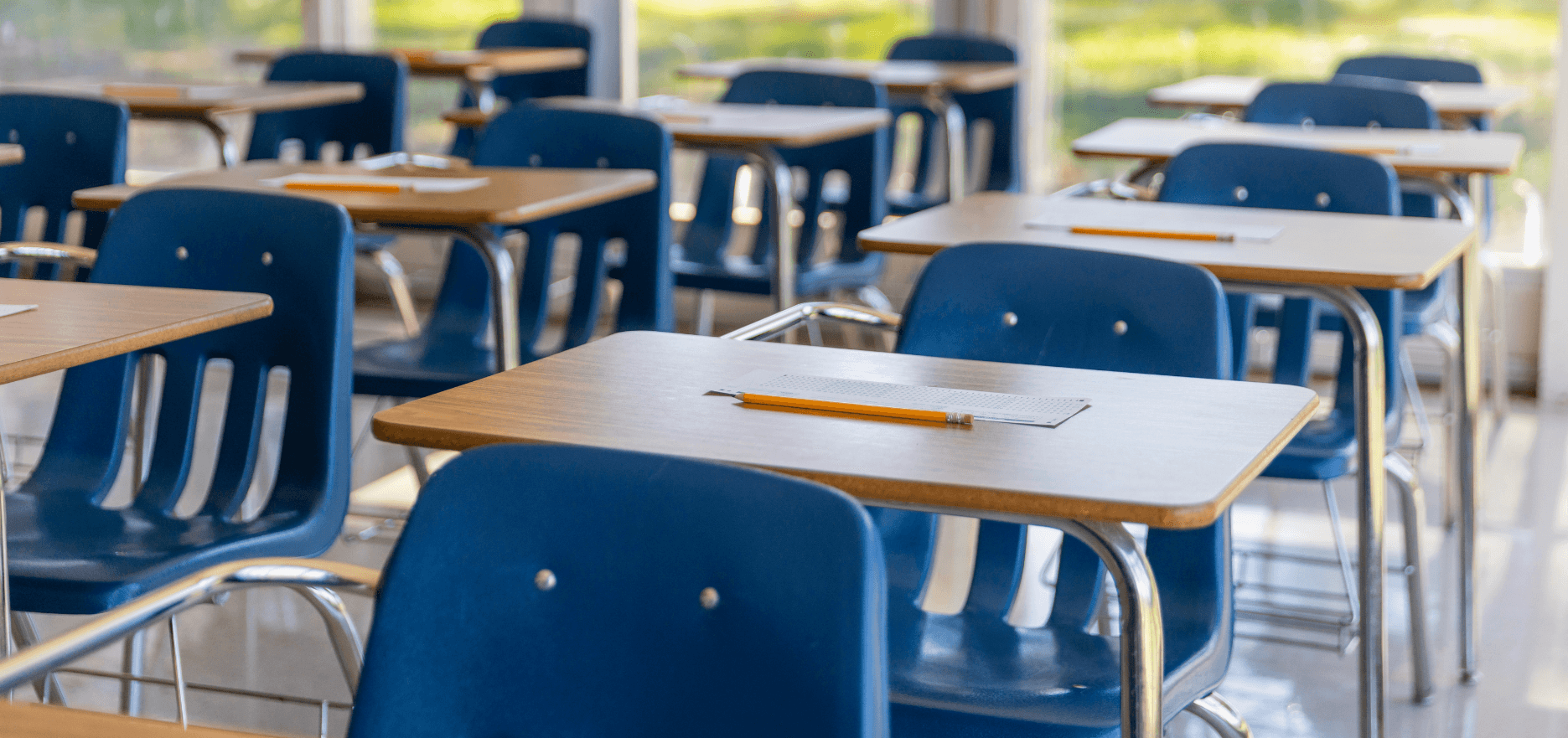This is
ACCESS GRANTED
A data science endeavor aiming to explore the educational landscape of the Philippines. With the learnings from our data science course at our disposal, we aim to obtain a deeper understanding of the things that play a key role in the education access of Filipinos.

Education is a right, not a privilege.
However, as true as it may be, this is not always the case. And despite having a steady increase in the number of students (Cabrera, 2021), many of our fellow countrymen still face challenges regarding access to quality education.
Every 5 to 6 years, the Philippine Statistics Authority conducts a nationwide survey known as the Functional Literacy, Education, and Mass Media Survey (FLEMMS). This periodical study delves into each household’s demographic background that could provide us with an insight about an individual’s various circumstances, such as their educational background, socio-economic characteristics, and mass media exposure. Using the latest iteration (2019) of the survey, the team is determined to provide new insights and inputs regarding the educational landscape of the country.
Research Questions
Our team wants to explore the situation through the following questions:
1. What regional differences are present in Filipinos' access to education?
2. What are the main factors that influence education access levels?
Hypotheses
Given the study, our team formulated the following hypotheses:
Null hypothesis: There are no regional differences present in access to education.
Alternative Hypothesis: There are regional differences present in access to education.
Action Plan
Provide educators, researchers, and policymakers with evidence-based insights that can guide them to formulate policies and opportunities to improve the overall educational landscape of the country starting at the grassroots of each region. By identifying the regional disparities in education access that are in play, we hope to provide a better understanding of the root causes behind it.
How Did We Work With Our Data?
Our data was acquired through the Philippine Statistics Authority’s Microdata Catalog on their FLEMMS 2019 Survey.
Utilizing proportional stratified random sampling by region, we were able to trim down the entries to 10% (~16,900) of the population, all while keeping a proportional representation of the whole. We’ve also selectively kept certain features that are relevant to the study, given that the original dataset contains over 130 features.
In our Python notebook, particularly in the earlier parts, we've modified column/feature names for easier readability, cleaned the data and replaced invalid or null entries with an appropriate numerical entry (in this case, zeroes).
Granting Access
We added a new feature called "ACCESS," which indicates if the respondent has access to education. Note that the criteria for determining which entry has access to education was settled by the researchers based on the notion that:
"Access to education includes: on-schedule enrolment and progression at an appropriate age, regular attendance, learning consistent with national achievement norms, a learning environment that is safe enough to allow learning to take place, and opportunities to learn that are equitably distributed" (Lewin, 2015).
As such, the particular criteria we settled in determining one's state of having access to education is when the person, during the time of the survey:
is currently attending school
is 17 years or older and has graduated in High School or Senior High School
is 12-17 years old, and has attended Grades 7 to 12
If the entry fits one of the criteria, their "ACCESS" column is marked with "true", otherwise it's marked with "false."
What Did We Find Out?
What regional differences are present in Filipinos' access to education?
To acquire an answer to this research question, we utilized a bar graph and a choropleth map in order to visualize the results.
We can see that there is indeed a disparity in access to education across the different regions in the Philippines. The region with the highest access is NCR, while the region with the least is BARMM.
What are the main factors that influence education access levels?
As for our second research question, we utilized a correlation matrix to see which among our features correlate with ACCESS to education.
If our criteria is selecting the top 3 features/factors that correlate with ACCESS to Education, we have:
- Having Basic Literacy
- Having High Literacy Levels
- Being Functionally Literate
But it is worthy to note that while these three have the highest absolute correlation values, they are still labeled as low correlation, regardless if positive or negative correlation. Other factors such as Urbanity, Number of Total Members in their Household, Familiarity and Willingness to study in Online Distance Learning, and Sex have "very low" correlation (regardless if positive or negative).
Statistical Test
The study used chi-square test for association/independence since we want to know the regional differences of education access which are both considered as categorical data. We assumed a confidence level of 95% (alpha = 0.05). Here's what we obtained:
CHI-SQUARED STATISTIC
446.80
P-VALUE
5.42 × 10-85
The p-value is less than a = 0.05 (95 % confidence level). Therefore the null hypothesis is rejected, showing that there are regional differences present in access to education.
With the presence of regional differences on education access across the various regions of the Philippines, it is implied that there are a variety of regional factors that influence education access, which are not explored and in the scope of our dataset. These factors may include political factors, economic state of region/province, incomes of each household, cultural factors, and other more which could be distinctive in each region that could explain these regional differences. Individual factors such as basic literacy, functional literacy, and literacy levels have an influence on education access, but it could have a minimal impact or influence on education access due to its low correlation value based on the results. Thus, this limits us to explore different interpretations on underlying factors that influence and affect educational access.
Conclusion
Based on the results, there are disparities in educational access across regions in the Philippines. Key factors affecting access include basic literacy, functional literacy, and overall literacy levels, though these factors show low correlation. Despite education being a fundamental human need, many Filipinos still lack access to it. Every individual has the right to quality education. Therefore, education issues, particularly in areas with limited access, must be addressed, and improvements to the education system are crucial.
We have the following recommendations based on our results and limitations to further improve and explore data regarding educational access in the Philippines:
• Features of the FLEMMS dataset do not include potential factors that influence education access such as household income, political influences, and others.
• Factors and circumstances of each region could be included in the scope of research to further explore the main factors that influence education access.
• Capability to access education (i.e some people have the means to take education but chose not to) could be discussed and explored.
• Measuring the quality of education in our country could provide us with more insights about the issues faced by the education system.
Meet the Team!

Ram Balatibat
Hello-hello! The name's Ram! At the time of writing this, I am a senior computer science student. I am an avid video game and game development enjoyer who also loves web development and has taken to heart software engineering. Outside academics, I love cooking, exercising, singing, learning how to play the guitar, dancing, and I am someone who absolutely loves learning about everything that can help me make sense of the world and myself!

Stephen Encarnacion
Yo! I'm Steph, a senior student from UP Diliman. As an aspiring web developer, I aim to use my knowledge in programming and graphic designing to create visually appealing pages. Outside of academics, I love to immerse myself in the mundaneness of life.

Ysaac Villamil
Hi, I am Ysaac, a sophomore computer science student. I am currently in the phase of learning and exploring computer science domains to find one that will interest me and be passionate about the most. Outside academics, I like video games, movies, sports, and food, and I am a person who loves to learn something new.


